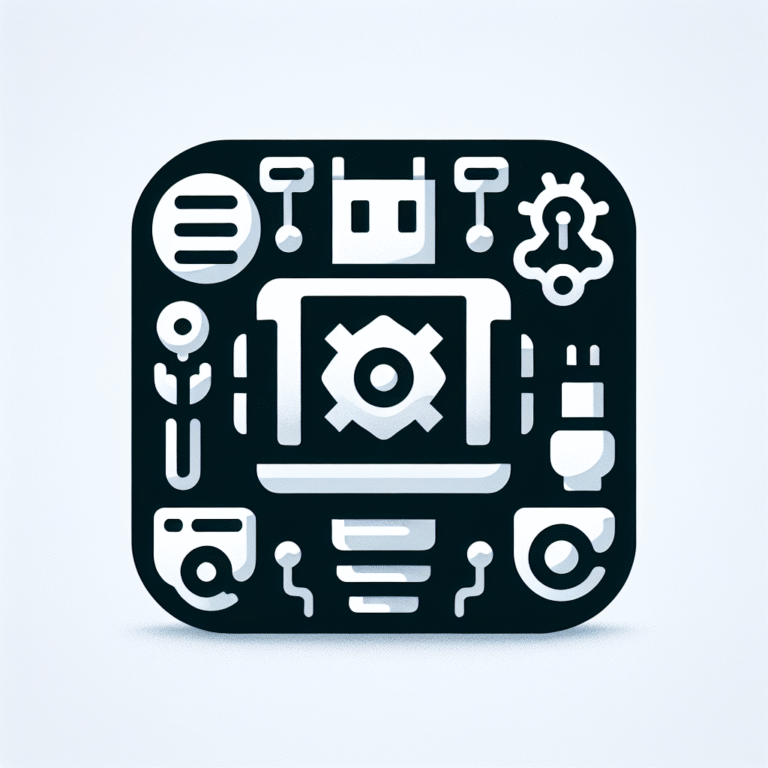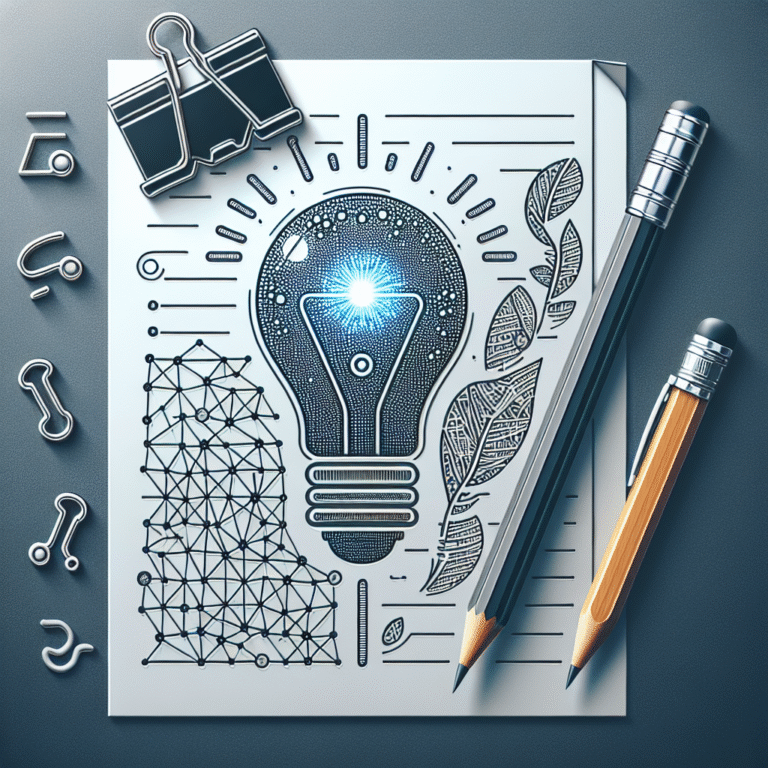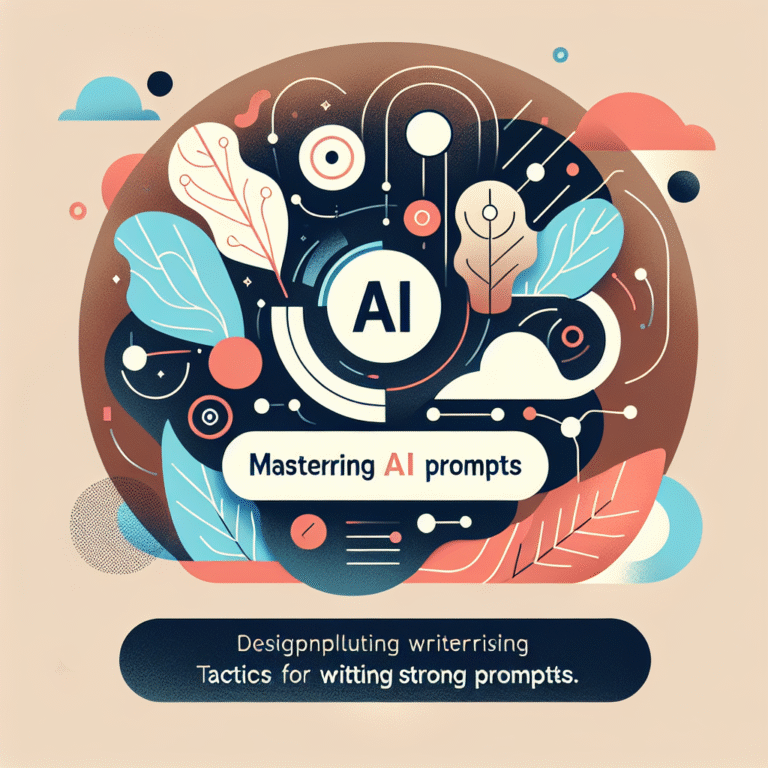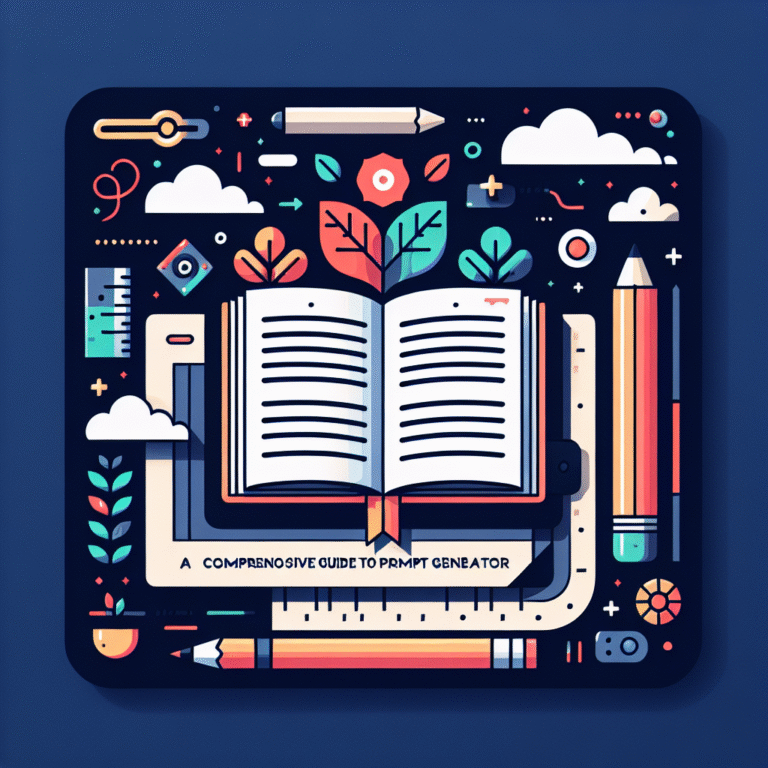How Image to Prompt AI Transforms Creativity
Have you ever wondered how technology can transform a simple image into a creative prompt? With the advent of ‘image to prompt AI,’ this fascinating capability has become a reality, opening new doors for artists, writers, and creators of all kinds. Picture this: you upload an image of a bustling cityscape, and in seconds, you receive a detailed writing prompt or creative idea that captures its essence. Sounds intriguing, right? In this article, you’ll discover how image to prompt AI works, its benefits, and how it can be a game-changer for your creative process.
Understanding image to Prompt AI

Image to prompt AI is a cutting-edge technology that leverages machine learning to interpret images and generate creative prompts based on their content. It works by analyzing visual elements such as colors, shapes, and objects, and then using this data to produce text-based prompts or ideas. But here’s where it gets really interesting: this technology doesn’t just see the surface details. It digs deeper, understanding the context and emotion conveyed by the image.
In my experience, the potential here is not just limited to creative writing. Imagine using image to prompt AI for brainstorming sessions or even in educational settings to inspire students. The possibilities are endless, and that’s what makes this technology so exciting.
How Does image to Prompt AI Work?
At its core, image to prompt AI relies on neural networks, a type of machine learning model designed to mimic the human brain. These networks are trained on vast datasets of images and corresponding text to learn how to associate visual cues with language. The process involves several steps:
- image Analysis: The AI examines the uploaded image, identifying key features and elements.
- Context Understanding: It interprets the scene, considering factors like mood, setting, and potential narratives.
- Prompt Generation: Using learned patterns, the AI generates a text prompt that reflects the image’s content and context.
What’s impressive is how quickly this process happens. In mere seconds, you can have a detailed prompt that might have taken hours to develop manually.
The Benefits of Using Image to Prompt AI
Now that you know how it works, let’s talk about why you might want to use image to prompt AI. One of the major benefits is the speed and efficiency it offers. Instead of spending hours trying to come up with ideas, you can generate prompts almost instantaneously.
Another advantage is the freshness of ideas. We all know how easy it is to fall into a creative rut, recycling the same old concepts. Image to prompt AI can offer new perspectives by interpreting images in ways that might not have occurred to you. This is particularly useful for artists and writers looking to break out of their comfort zones.
- Time-saving: Quickly generate prompts without brainstorming for hours.
- Fresh perspectives: Gain new insights and ideas from everyday images.
- Versatility: Use in various fields like education, marketing, and content creation.
Real-World Applications of Image to Prompt AI
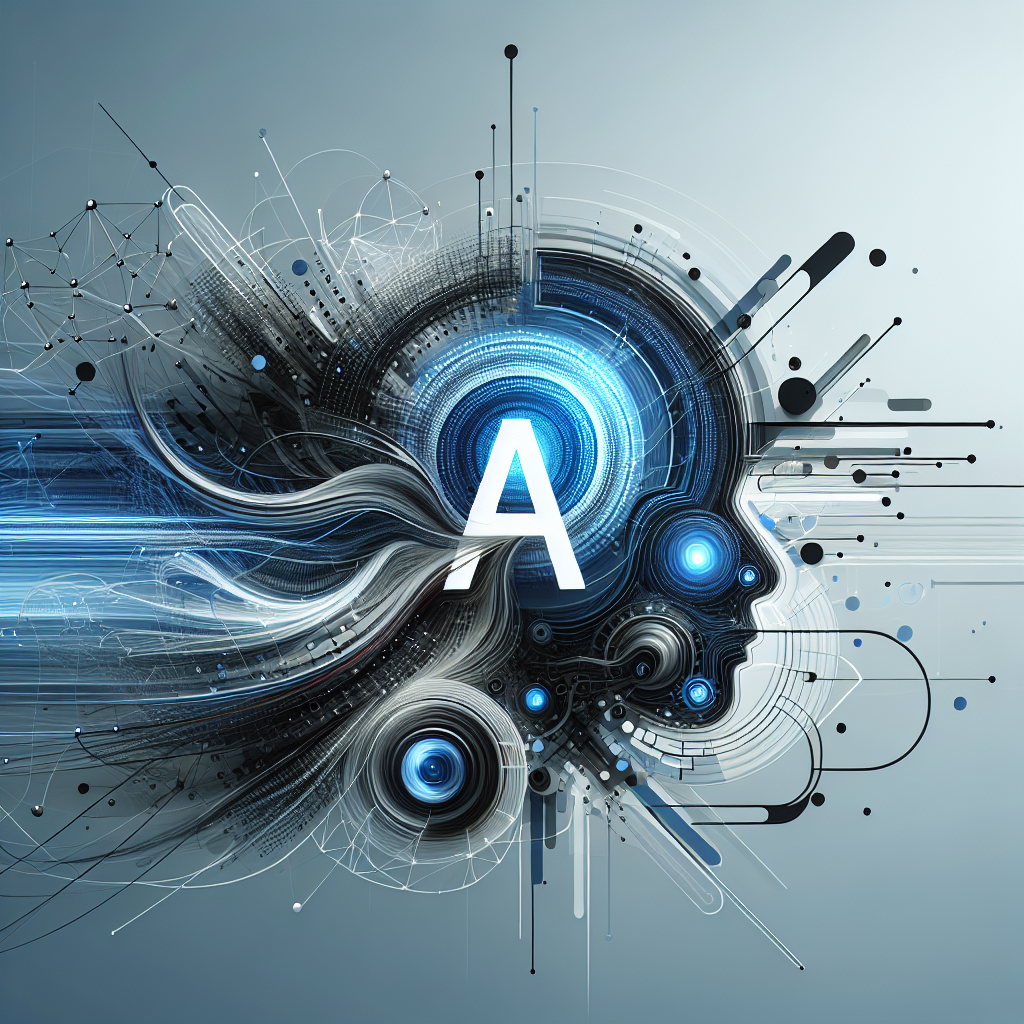
Let me share something interesting about the real-world applications of image to prompt AI. From what I’ve seen, this technology is already making waves in several industries. For example, in marketing, companies use it to create engaging content that resonates with their audience by interpreting popular images and generating relevant captions or stories.
In education, teachers are using image to prompt AI to encourage creativity in students. By turning historical images or art pieces into writing prompts, they help students develop critical thinking and storytelling skills. Another exciting use case is in mental health therapy, where therapists employ image-based prompts to facilitate discussions and self-reflection among clients.
Case Study: Image to Prompt AI in Education
Consider a classroom where students are given an image of a historical event. The teacher uses image to prompt AI to generate a writing prompt that asks students to imagine themselves as a character in that scene. This not only engages students but also deepens their understanding of historical contexts and perspectives. One teacher reported a significant increase in student participation and enthusiasm when using this method.
Challenges and Limitations
Of course, like any technology, image to prompt AI is not without its challenges. One major concern is the potential for bias. Since AI models are trained on existing datasets, they can inadvertently perpetuate stereotypes present in the data. It’s important for developers to continuously refine these models to ensure fair and unbiased prompt generation.
Another limitation is the current technology’s occasional inability to understand abstract or highly symbolic images. While it excels with clear, detailed scenes, it might struggle with more nuanced art forms. This is an area where human creativity still has the upper hand.
Troubleshooting Common Issues
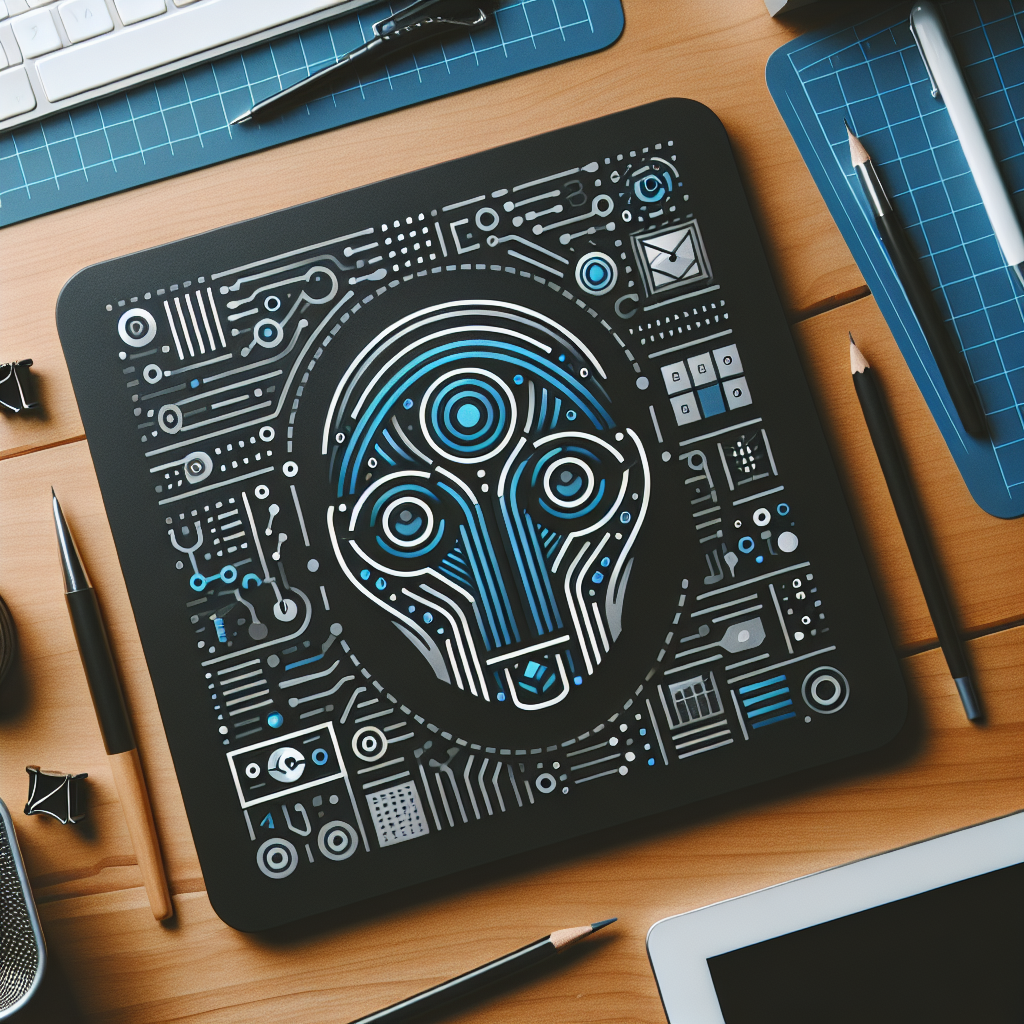 p>If you find that the AI is generating prompts that don’t quite hit the mark, consider these troubleshooting steps. First, ensure that the images you’re uploading are of high quality and clear in detail. Blurry or low-resolution images can confuse the AI. Additionally, consider the content of the image; highly abstract or symbolic art may not provide enough concrete data for effective prompt generation. In such cases, combining multiple images or adding metadata can help guide the AI more accurately.
p>If you find that the AI is generating prompts that don’t quite hit the mark, consider these troubleshooting steps. First, ensure that the images you’re uploading are of high quality and clear in detail. Blurry or low-resolution images can confuse the AI. Additionally, consider the content of the image; highly abstract or symbolic art may not provide enough concrete data for effective prompt generation. In such cases, combining multiple images or adding metadata can help guide the AI more accurately.
The Future of Image to Prompt AI
Here’s where it gets really exciting—imagining the future of image to prompt AI. With advancements in machine learning and artificial intelligence, we can expect this technology to become even more sophisticated. Future iterations might include more personalized prompts that take into account user preferences and past interactions.
Moreover, as AI becomes more adept at understanding human emotions and expressions, the prompts generated could become increasingly nuanced and relevant. This evolution could lead to even broader applications, from personalized learning in education to customized content creation in entertainment.
One thing that surprised me is the growing interest in integrating this technology with augmented reality (AR). Imagine pointing your smartphone at a scene and receiving creative prompts in real-time, overlaid on your AR display. This could revolutionize how we interact with the world around us.
Conclusion: Embrace the Possibilities
So, what’s the takeaway here? Image to prompt AI is not just a novelty; it’s a powerful tool that can enhance creativity across various domains. Whether you’re a writer seeking fresh ideas or a teacher looking to inspire students, this technology offers something for everyone. And as it continues to evolve, its potential will only expand.
In my opinion, embracing image to prompt AI is about more than just keeping up with trends. It’s about exploring new ways to express creativity and connect with others. So, the next time you find yourself staring at a blank page, why not let an image inspire your next great idea?
